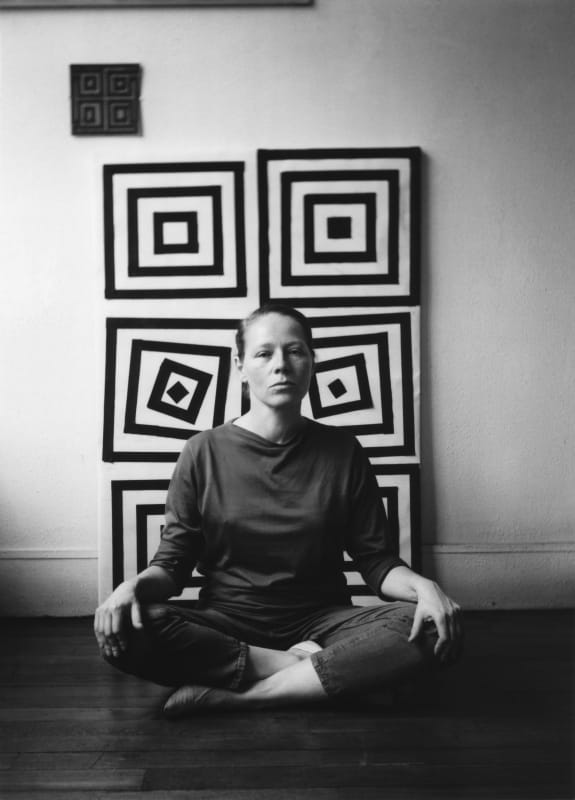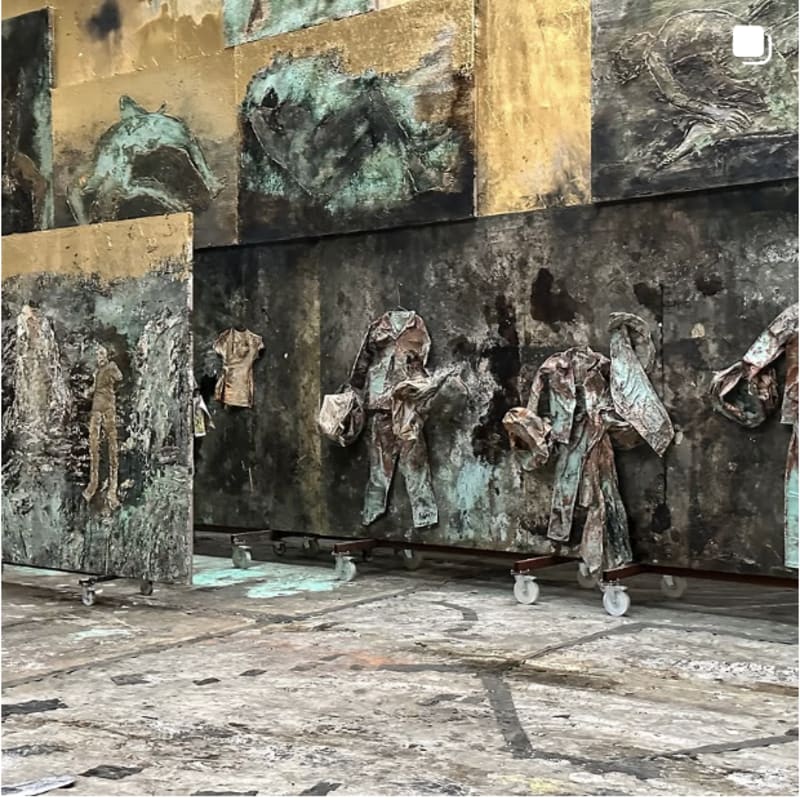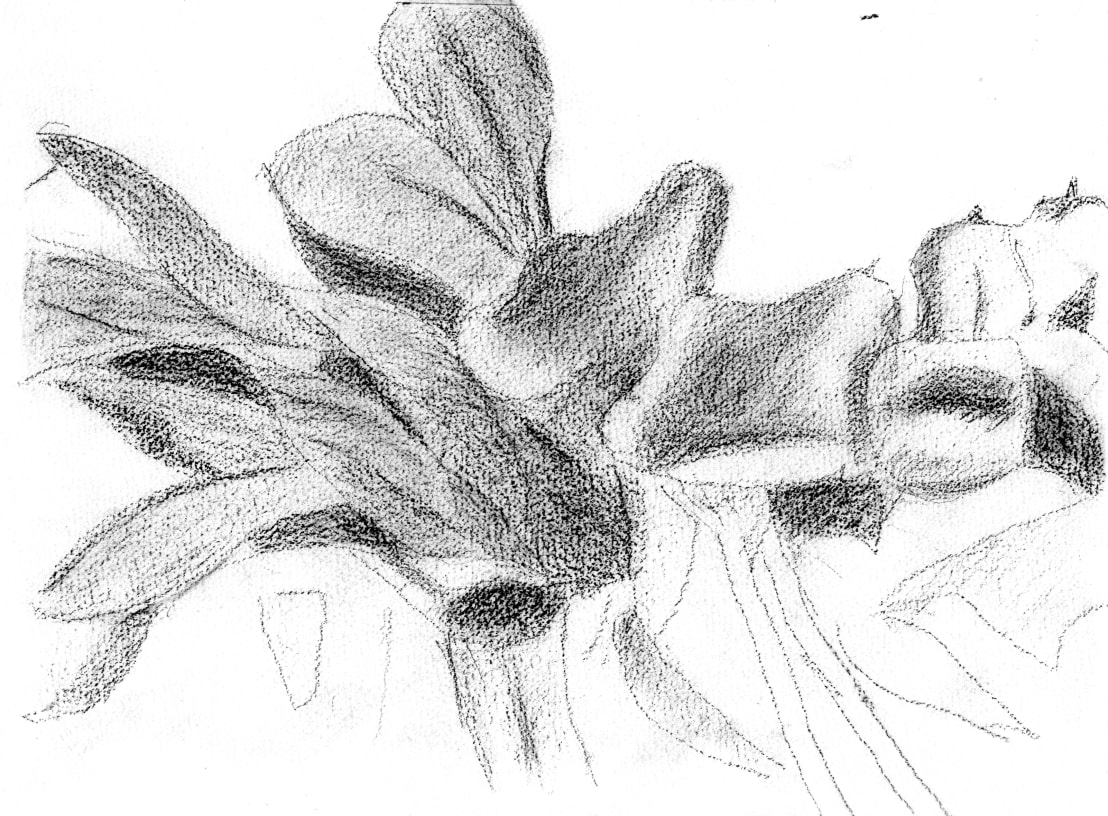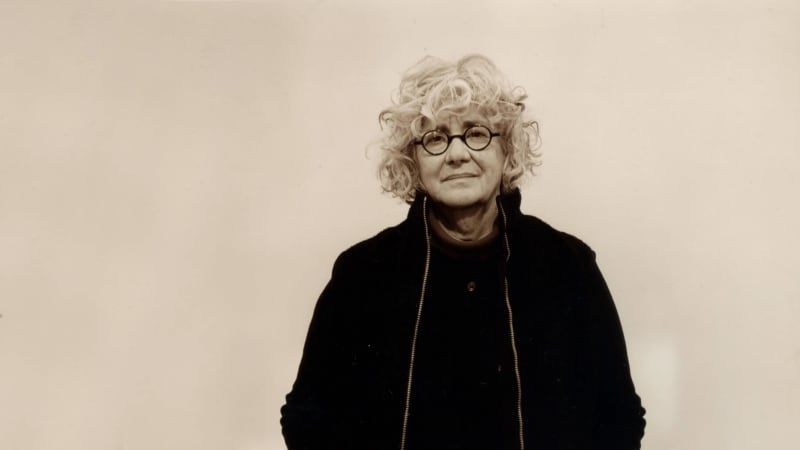Meet Vera Molnár, the 98-year-old generative art pioneer who is enjoying new relevance at the Venice Biennale
By Jo Lawson-Tancred
While arranging to visit Vera Molnár, heralded as a pioneer of early computer art, at her nursing home in central Paris, I was warned that the interview might have to be brief. Having recently turned 98, the artist gets tired easily.
Not so for her groundbreaking work, produced from algorithms written in the primordial programming language of Fortran, which seems only to be gaining new relevance as the world catches up with her enthusiasm for creative coding. Still, as I checked-in to one of the few places where France still requires masks and Covid passes, I hoped I wasn’t hounding an old woman who was long past wanting to talk to the press. These fears, thankfully, disappeared as Molnár rose quite spritely from her desk and welcomed me into her room.
Minimalism and Numbers
As Molnár, born in 1924, tells it, her interest in minimalism stems from her childhood.
At around the age of ten she was given a case of pastels, and each evening drew the sunset over Lake Balaton in her native Hungary. Her mother, who had had some art education, found the composition plain and suggested she add in a tree. When Molnár countered that there wasn’t one, she was encouraged to exercise some artistic licence. Taking her mother’s advice, Molnár recalled, with the same effusive emphasis she places on many of her memories, “I felt it was overloaded! It was too much! I didn’t know what ‘artistic licence’ was, but I decided that my mother didn’t know anything about art and I should go with my own idea.”
She quickly found herself using up the blue, green and red pastels, and invented a system whereby she always took the next pastel to the right so that each day the colour scheme would be different. “It’s not far from my mindset now,” she said. Numbers also inspired her interest. Taken to see the Sistine Chapel aged sixteen, she recalled her mother growing impatient while she contemplated The Last Judgement. When pushed, she explained that she was actually counting the figures on either side of Jesus Christ, to which, Molnár sais, “my mother looked at me with startled eyes and said ‘are you not ashamed?!’”
At the main exhibition of this year’s Venice Biennale, “The Milk of Dreams,” a gallery will be dedicated to works by Molnár from the 1970s and ‘80s, including her renowned “Transformations” series of computer plotter drawings. Starting with the simple geometric forms that she favored—in this case concentric squares—Molnár introduced random patterns of disruption through an algorithm, giving the work a lively rhythm as the lines vibrate with variation. Each work is preserved in its original format, as though fresh from the printer, with the date stamped along the edge.
“For me, arriving in Paris was happiness,” Molnár told me of her emigration to the French capital in 1947 with François Molnar, who would become her husband. Recalling the rapture with which she first saw Notre-Dame, she said: “I had never seen such a grand thing before.” The encounter brought to life an impulse that had lain dormant during her classical training at the Budapest College of Fine Arts. That very same evening she produced a set of highly geometric drawings of the cathedral’s façade, marking a turning point. “I still didn’t know what I was looking for, but I’d eliminated what I was not looking for,” she said.
Molnár soon fell in with a Hungarian artistic diaspora and spent her evenings at Le Select cafe in Montparnasse, where “there were people who knew people who knew people.” Among the artists she met were Brancusi, Kandinsky, Fernand Léger, and Victor Vasarely. By the 1960s, she was a co-founder with Julio Le Parc of the collaborative GRAV (Groupe de Recherche d’Art Visuel). In her own time, she handwrote programs, or pre-defined rules, according to which she permuted shapes within a grid. She called the method her “machine imaginaire.”
Computational Experiments
She would not rely on her imagination for long. In 1968, Molnár gained access to a computer owned by the Sorbonne after applying to the dean three times. Computers were reserved for scientific computing at the time. Having taught herself Fortran, she began feeding in instructions on a punch card. This arduous process is known as blind computing, since the user has to wait hours or days to see the results drawn out by a mechanical plotter. In her “Interruptions,” from this time, the lines in a grid are rotated or erased at random to create an animated and unpredictable composition. These experiments provoked her peers, whom she remembered as being “scandalized!—I had dehumanized art.”
Molnár was undeterred, however, in her explorations of systems and randomness, the latter a crucial creative component written into the algorithms. If the computer was an efficient tool with which to execute her visions, she could “let in a bit of air, a grain of madness, thanks to randomness.” Molnár likens this “thing that is not planned” or “solution that arrives by surprise” to an artist’s intuition. She always, however, had the last word. “We tore up a lot. Of 100 pieces, we might keep one,” she explained, referring to her joint decisions with assistants in the computer lab. “It’s a bit of dialogue that I have with myself.”
In 1974, a new computer with a screen was installed, allowing Molnár to see what her code would produce instantly, spot mistakes, and correct them. “It changed everything,” she said. By the 1980s, personal computers had arrived, and Molnár worked from home until her husband’s death in the early 1990s. At this time, she stopped working directly with the computer and instead employed assistants. In 1995, she was invited by her friend François Morellet to exhibit with him at Galerie Oniris in Rennes, which has represented her ever since.
The Road to Venice
Molnár’s move to a nursing home during the first wave of the pandemic in 2020 might’ve signalled a wind down. Instead, she’s found “being somewhere like this, you don’t care about the boiler or occupy yourself thinking about a leak. The only thing I have to think about is whether to draw something to the right or to the left. I work a lot.” Rifling through papers on her desk, she showed me one recent drawing, a serpentine line of decreasing thickness, side-by-side with her assistant’s faithful rendering.
Abreast of new developments in digital art, despite troubles with her eyesight, Molnár is unconvinced by the tendency away from minimalism but pleased with the boom in interest. “I can’t see how one can continue sitting in front of an easel and painting,” she said dismissively, naming Joanie Lemercier and Miguel Chevalier as artists she admires. This month, Galerie 8 + 4 will drop a series of NFTs of Molnár’s new works. “I am very flattered, but a little overwhelmed by the idea,” she said. “For me, art is something you can hang on the wall.”
Towards the end of our conversation, Molnár let slip a lingering surprise at the growing acclaim for a highly experimental practice that, for some decades, received relatively little attention. “There was a time in my life when I was just François Molnár’s cook, and between courses I made my small squares,” is how she put it. “Now I’m going to Venice. It’s a big thing.”
















































































































































































